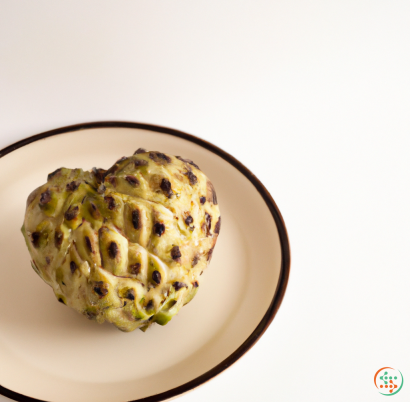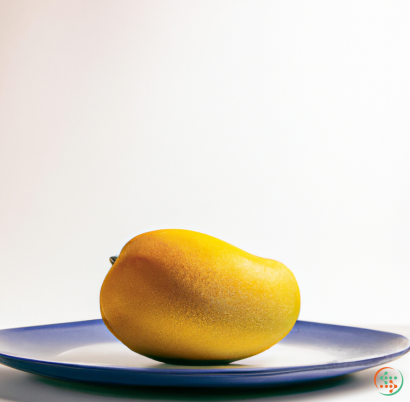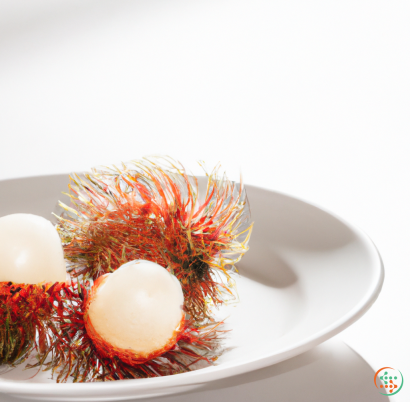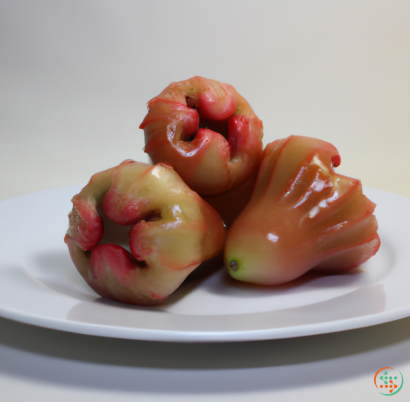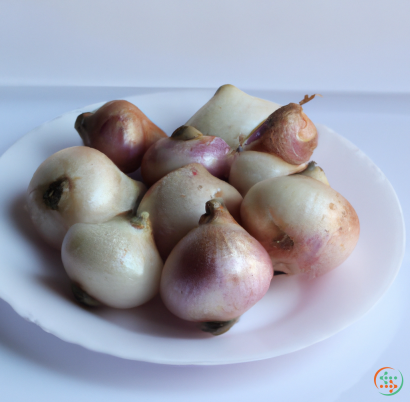Grapes
A grape is a small, sweet, round fruit that is typically used for wine production. Grapes come in an array of colors, sizes and shapes. Originally found wild in the Middle East, grapes have been cultivated for thousands of years, allowing them to grow worldwide. Today, they are grown in various climates, including temperate areas of both hemispheres and in tropical regions, like India. Grapes are an ideal snack, but they are also utilized to create products such as juice, jam, jelly, raisins, ice cream, and of course, wine.
Grape vines occur naturally in nature and grow best in areas where day and night temperatures are mild, rainfall is adequate, and wind exposure is low. Accordingly, optimal grape production can be found in mild, humid areas, such as Southern Europe, the Mediterranean, and California. The grape clusters grow along leafy tendrils and are sold in single bunches or in bunches of multiple bunches with specialized vineyard tendrils.
Though one of the key components of winemaking, grapes are rarely eaten as fruits, due to their firm and sour flavor. In order for them to be palatable, grapes must be ripe and juicy. Grapes are typically harvested when they reach full ripeness, typically between summer and autumn, when they turn into edible fruits. This is done by cutting off the stem and bunching the fruits together.
When purchasing grapes, look for a blemish-free, firm, and deep-colored fruit. Most destinations will feature bunches of red, green, or black grapes, although there is a wide variety of other types. Red grapes tend to be sweet, while green grapes are tarter. Purple and black grapes will typically be sweeter than the red or green varieties. White grapes will be mellow and juicy.
The main uses for grapes are for winemaking and for culinary purposes. Grapes are made into wine by crushing the grapes into juice and allowing the juice to ferment over time. The juice is then separated from the skins of the grapes and bacteria is added. The bacteria will convert the sugar in the juice into alcohol, producing a popular beverage for consumption. Grapes are also culinary products, used for making jams, jellies, and syrups. In addition, grapes are used in salads and desserts, as well as for raisins, fruitcakes, and various juice drinks.
Grapes provide a notable nutrition source, making them a great snack and an important source of nutrients in a healthy diet. Grapes are low in calories but very high in vitamin C, which helps to promote healthy skin and a strong immune system. They are also a great source of antioxidants that help protect against cancer and heart disease. Additionally, grapes contain potassium, a mineral important for maintaining cell and heart function, and folate, an important nutrient for pregnant women.
Grapes have always been a great addition to our diets and are now an invaluable source of nutrition. As grapes are made into various products, we can enjoy the rich flavors of grape and still benefit from their health benefits. From the simple pleasure of snacking on a bunch of grapes to the complex flavors of aged and aged wines, grapes are a true delicacy in our culture.
Grapes: From Vines to Dinner Plate
When it comes to our favorite grape varieties like Merlot, Chardonnay, or Cabernet Sauvignon, it is easy to think of how they appear on our dinner plate. But there is actually a whole process that goes into the creation of grapes before they even get that far. From growing on the vine to making it possible for us to enjoy a glass of wine or nibble on a few plump juicy raisins, the journey of grapes is fascinating if you take the time to learn about it. In this blog post, we will explore some of the steps involved in creating grapes from vine to dinner plate.
We will start with the first step in grape growth, which is propagation. Propagation typically starts with taking a grapevine cutting and planting it in a suitable environment where it can grow. This can happen either through the use of cuttings or through grafting and layering. Cuttings are small pieces of vine that are sometimes put in water until roots form and then planted directly into the soil. Grafting and layering involves collecting stems from a vine and fusing them together with graft or budwood, and then burying the stem under soil. Once planted, the grapevine will start to take root and grow.
After the grapevine has been planted, the next step is vine management. Grapevines require pruning, fertilization, pest and disease control, and other activities in order to remain healthy and productive. Pruning is done for the purpose of controlling the size of the vine and ensuring that it is producing quality grapes. Fertilization is done to provide nutrients to the soil and help with grape production. Finally, pest and disease control is done to prevent any harm to the grapevines.
Next comes the growth of the grapes. During the growing season, grapevines will produce leaves, flowers, and eventually grapes. The flowers will eventually be pollinated, which will lead to the formation of the grapes. As the grapes ripen and mature, they will begin to change in color, texture, and sweetness. Once the grapes reach the desired maturity, they can then be harvested. This can be done either by hand or mechanically through special harvesting machines.
After harvesting, the next step is processing. Processing typically involves sorting and grading the grapes, as well as cleaning them. The grapes must also be chilled in order to prevent spoilage and help with the preservation of flavor, aroma, and other quality characteristics. After processing, the grapes are then ready for their final destination, which can vary depending on the variety of grape.
For some grape varieties, their journey will take them directly to the dinner plate, where they can be enjoyed fresh, or cooked and dried into raisins. For other varieties, the journey will involve further processing so that they can be made into wine. This typically involves crushing the grapes, which is followed by pressing, followed by fermentation, and finally, aging and bottling. The resulting product is then ready to be enjoyed in a variety of wine styles.
This is the journey that grapes take, from the vine to the dinner plate. It is a complex process that involves several steps, but it is one that ensures that we get to enjoy these delicious fruits in all their varied forms. From the bright and tart flavors of a Chardonnay to the sweet and dark depths of a port, grapes truly make for a wonderful culinary experience.
| Vitamin A | 0.003 mg | |
| Beta-Carotene | 0.039 mg | |
| Alpha-Carotene | 0.001 mg | |
| Vitamin C | 0.0065 grams | |
| Vitamin B2 | 0.0015 grams | |
| Vitamin B9 | 0.002 mg |
| Calcium | 0.037 grams |
Daily Value 1.3 g
|
| Iron | 0.26 mg |
Daily Value 0.018 g
|
| Magnesium | 0.014 grams |
Daily Value 0.4 g
|
| Phosphorus | 0.024 grams |
Daily Value 1.25 g
|
| Potassium | 0.203 grams |
Daily Value 4.7 g
|
| Sodium | 0.001 grams |
Daily Value 2.3 g
|
| Zinc | 0.11 mg |
Daily Value 0.011 g
|
| Copper | 0.12 mg |
Daily Value 0.9 mg
|
| Manganese | 0.00197 grams |
Daily Value 0.0023 g
|
| Glucose | 3.67 grams |
|
| Fructose | 3.92 grams |
|
| Sucrose | 0.57 grams |
|
| Total Sugars | 0.131141 grams |
per 100g
|

